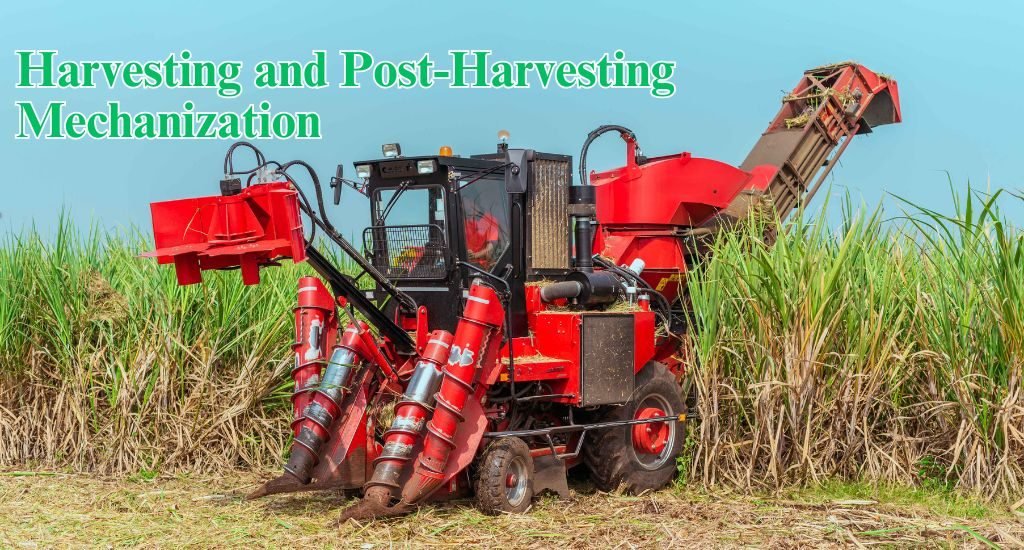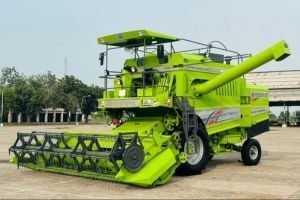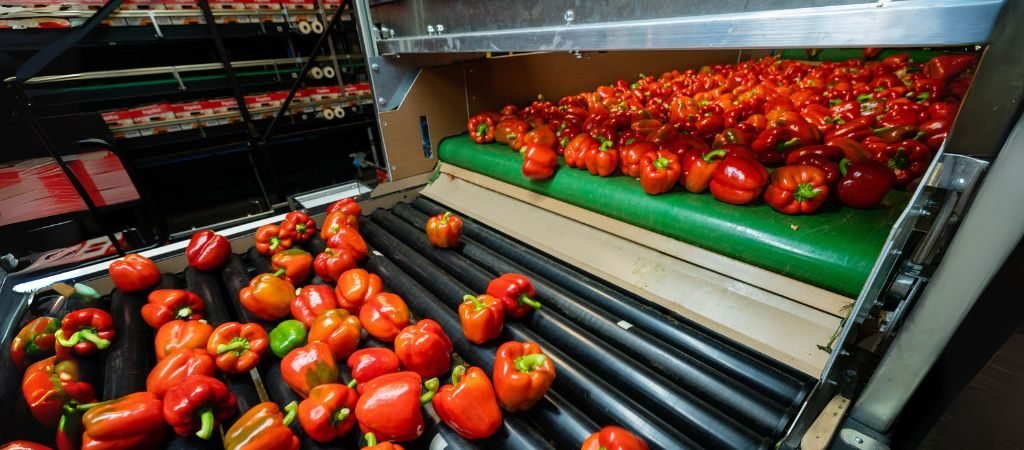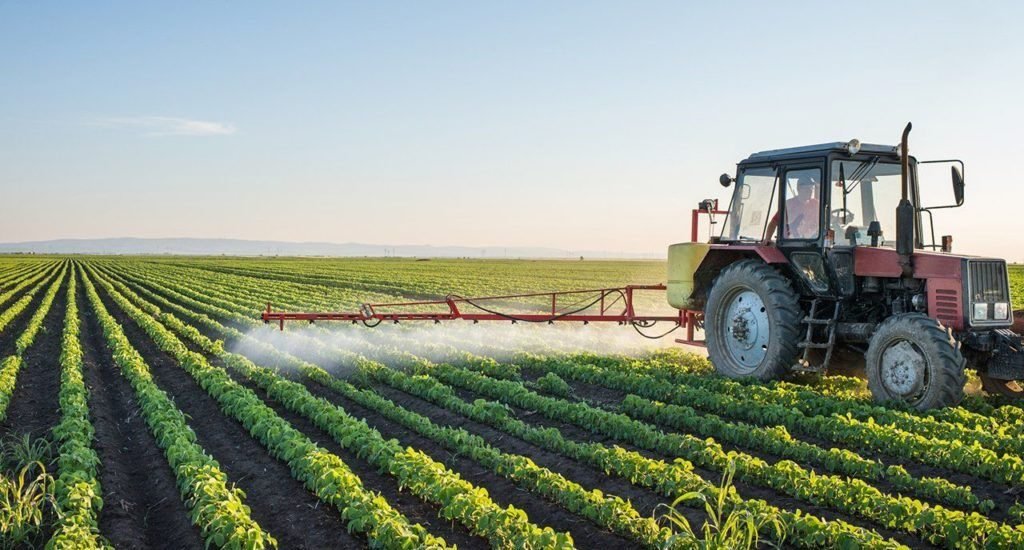In modern agriculture, the journey from field to market doesn’t end at crop maturity. One of the most critical phases in the agricultural cycle is harvesting and post-harvesting—a stage where timing, technique, and technology play a vital role in ensuring both yield and quality. With the adoption of farm mechanization, farmers today are better equipped to manage this stage efficiently, with the help of specialized tools and equipment designed to reduce labor dependency, minimize crop loss, and enhance market readiness.
What Is Harvesting Mechanization?
Harvesting mechanization refers to the use of machines and mechanical tools to efficiently collect mature crops from the field. Unlike manual harvesting—which is time-consuming and labor-intensive—mechanized systems allow for faster, more accurate harvesting while preserving crop integrity. These machines are engineered to handle various types of crops and field conditions, making them a practical solution for both smallholder and commercial farmers.

Major Harvesting Equipment in Farm Mechanization

Combine harvesters are among the most efficient and widely used machines in agricultural mechanization. They perform multiple operations—reaping, threshing, and winnowing—in one pass. This drastically reduces labor and increases harvesting speed and accuracy. Combine harvesters are commonly used for cereal crops such as wheat, rice, corn, and barley. Modern models come equipped with advanced features like GPS tracking, yield monitoring systems, and auto-steering for maximum efficiency.

Reapers are used to cut standing crops close to the ground and are particularly useful for small grains like wheat and oats. Reaper-binders offer an added advantage by tying the cut crop into neat bundles, making it easier to collect and transport. These machines are especially beneficial in regions with small field sizes or hilly terrain where larger harvesters may not be suitable.

For crops like sugarcane and cotton, specialized harvesters are essential. Sugarcane harvesters cut the stalks, remove leaves, and prepare them for direct transport. Cotton pickers are designed to gently remove the cotton from bolls without damaging the fibers. These machines significantly reduce manual labor, shorten harvest time, and ensure higher-quality produce.

Forage harvesters are designed to chop crops such as maize, sorghum, and grass into smaller pieces for silage or animal feed. These machines are essential for livestock farmers and dairy producers, as they allow timely and efficient forage collection with uniform output that supports proper storage and fermentation.
Post-Harvest Mechanization: Preserving Quality and Reducing Losses
After harvesting, crops must be processed, preserved, and prepared for storage or sale. This phase is known as post-harvest handling. Without proper equipment, farmers risk significant losses due to spoilage, pests, or mishandling. Mechanization in this stage is key to maintaining quality, extending shelf life, and ensuring food safety.

Key Post-Harvest Equipment in Agriculture

Threshers are machines that separate grains from harvested crop heads. They are much faster and more efficient than manual threshing methods. Modern multi-crop threshers can be adjusted for different crops, such as wheat, rice, maize, and pulses. These machines help reduce grain breakage and increase recovery rates, providing better returns to the farmer.

Moisture control is crucial in post-harvest processing. Mechanical grain dryers reduce the moisture content of crops like rice, maize, and wheat, which helps prevent fungal growth, insect infestations, and spoilage. There are various types of dryers, including batch-type, continuous-flow, and solar-powered options, each suited for specific farm sizes and operational needs.

After drying, crops must be cleaned of debris, broken seeds, and foreign matter. Cleaners use screens and air blowers to remove impurities. Graders sort the grains or produce by size, shape, or weight, which is especially important for market standards and packaging. Clean and graded produce fetches better prices and is more appealing to buyers.

To prepare farm produce for transportation or retail, packaging machines are used. These machines automate the filling, sealing, and labeling of bags or containers. This reduces manual errors, enhances hygiene, and increases efficiency in the supply chain. Whether packing grains, pulses, or fresh produce, these machines ensure products are secure and market-ready.
Mechanization in harvesting and post-harvest operations offers a wide range of benefits:
Improved Efficiency: Machines reduce the time and labor needed to harvest and process crops, allowing for larger areas to be managed more easily.
Reduced Crop Losses: By minimizing human error and exposure to environmental factors, mechanical systems lower the risk of damage and spoilage.
Higher Product Quality: Mechanized cleaning, grading, and packaging result in uniform, market-ready products.
Cost Savings Over Time: While initial investment in machinery can be high, the long-term savings in labor and loss prevention make it financially viable.
Better Market Access: Quality, properly stored, and attractively packaged products are more likely to reach premium markets, including export opportunities.

Adopting modern harvesting and post-harvesting equipment is essential for any farm aiming to remain competitive and sustainable. These technologies not only help farmers cope with labor shortages and environmental unpredictability but also enable them to produce higher-quality crops with less waste. From combine harvesters and reapers to threshers, dryers, and silos, each machine plays a vital role in optimizing the agricultural value chain.
At All About Agriculture, we are committed to helping farmers embrace innovation through education and access to the best mechanized solutions. Whether you’re managing a small family farm or a large commercial operation, mechanization in harvesting and post-harvest processing is your path to higher productivity, better income, and long-term success.
